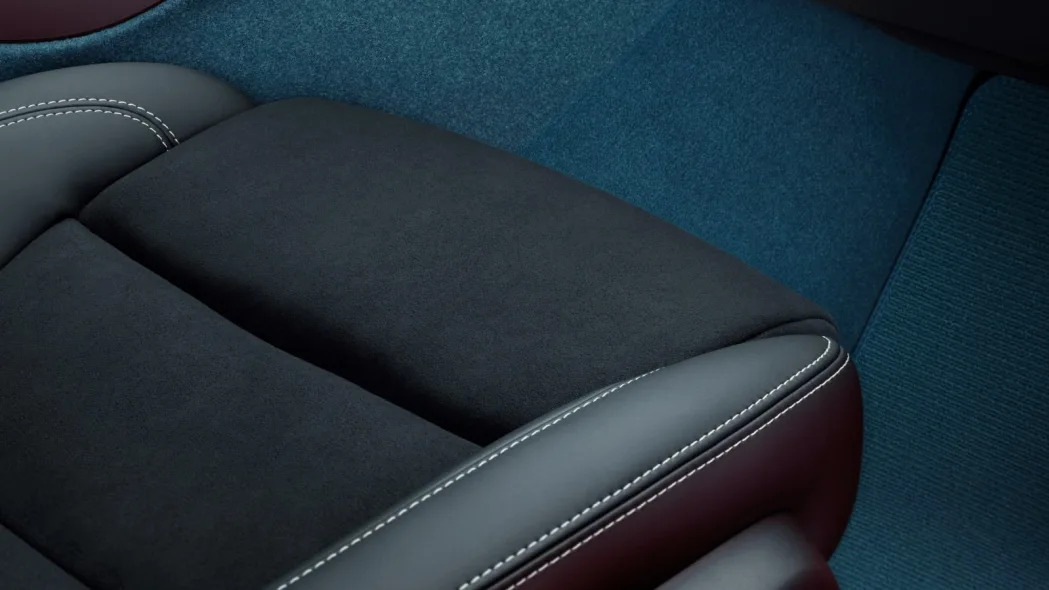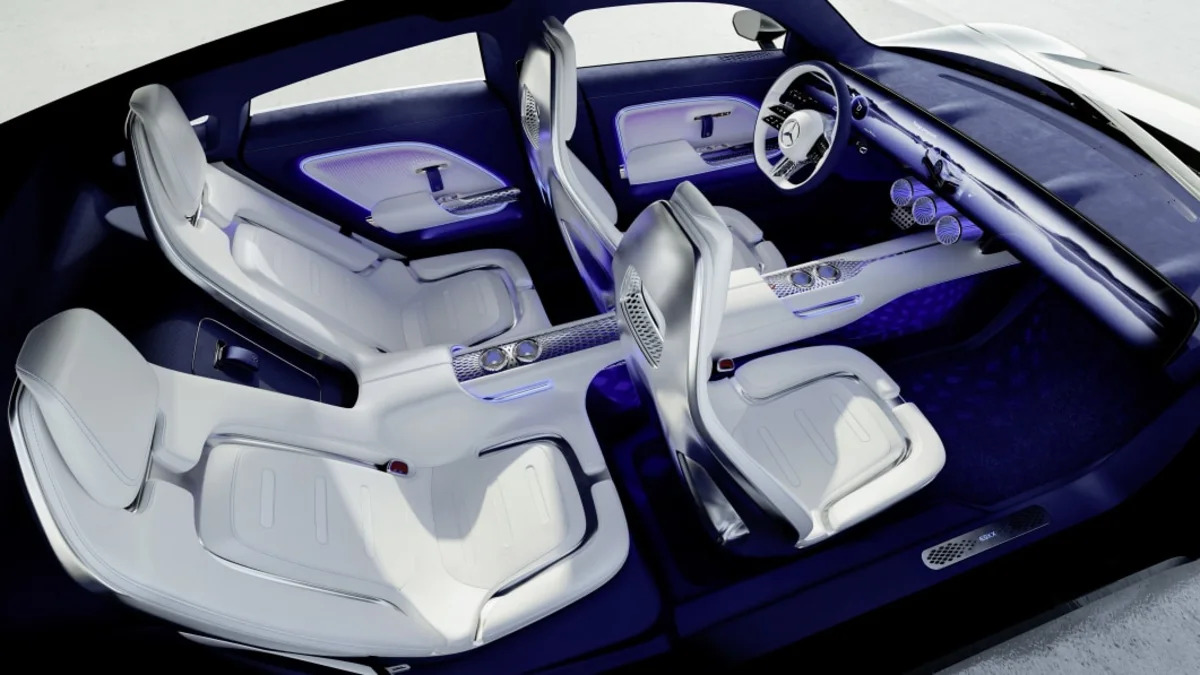Sustainable materials have come a long way in recent years. When my wife and I owned a clothing boutique that specialized in organic, renewable, recycled and other sustainable materials, we came across so many fantastic, luxurious, durable textiles. Bamboo, Tencel, recycled plastics, and even the humble hemp plant could be transformed into gorgeous, cruelty-free apparel and accessories. One material we almost always avoided was leather, except in the rare pieces that sparingly used recycled or upcycled material. Leather’s terrible stuff, and its production is responsible for a huge climate footprint, deforestation, destruction of biodiversity, water consumption and pollution. Just look at this New York Times piece detailing how the American luxury car industry is helping to fuel ecological disaster in the Amazon.
It was easy for us as vendors to find luxurious leather replacements, and customers appreciated these alternatives for their attention to animal and environmental welfare, and because they were simply high-quality goods. I don’t see a reason the auto industry couldn’t improve its environmental standing by following parts of the fashion industry in replacing leather with imitations, or with something different entirely. They’ve already made progress. Let’s finish the deal.
Call it what you want — leatherette, fake/faux leather, vegan leather — car companies have been making and using animal hide imitations for years, and it just keeps getting better. The vinyl-based MB-Tex upholstery in my wife’s old GLK held up tremendously against kids, dogs and years of sun, and it was still pleasant to the touch and supportive.
Of course, not all faux leathers are created equal. Many are plastic-based, like polyurethane and PVC which have their own lifecycle problems and carbon footprint (even recycled plastics can shed microfibers and eventually end up in the landfill). Many, though, are plant-based, with new, promising sources being developed. Pineapple, apple, cactus and mushroom leather are already in use in the fashion industry. Many more are made from recycled materials, lessening the need for new plastic production and helping to divert materials from a premature trip to the landfill — or worse, into our oceans and soil.

2022 Volvo C40 Recharge leather-free interior
Sure, there are some applications where many will feel that only real leather will do. The hides used by Bentley are ultra-premium, and the craftsmanship that goes into integrating them into a car’s interior is second to none. But a lot of bulls die — as many as 20 per vehicle — to give the ultra-wealthy an acceptable throne on which to fart in pure luxury. There are rich vegans, and their money spends as well as anyone else’s, but we can’t imagine a Bentley customer who might also be a leather connoisseur to be fooled by an imitator. (Though leather made from the skins of Italian wine grapes sounds luxurious, no?) Thankfully there are other approaches that don’t try to copy the look and feel of leather at all.
As Land Rover's color and materials design manager Hannah Custance told Autoblog, “Customers are becoming so much more sustainably aware, thinking about the environmental impact they have. That's providing us with a lot of challenges, but also a lot of positive design changes as well.” As such, the automaker is working on a non-leather interior for its ultra-luxe SV vehicles. “It's a technical-feeling interior, it's not an alternative to leather. It's different, it's a customer choice. I think that's been really important to us to make sure it is a luxury offer. It is not an entry-level option for customers.”
Carmakers are beginning to provide more options as their customers ask for cruelty-free, less-carbon-intensive options. The carmakers themselves, as evinced by their pivot to electric vehicles, are thinking about their responsibility, too. Volvo, for instance, has created its Nordico material, made from recycled PET bottles, recycled cork and “bio-attributed material” sourced from forests, as an alternative to leather in its next generation of vehicles. It’ll also still offer responsibly sourced wool as a high-end alternative. We love the Polestar 2’s vegan Weavetech interior, though a Nappa leather option is available. Of course, Tesla made headlines years ago with its vegan interiors. Mini is moving away from leather entirely. The Fisker Ocean's vegan interior will use many recycled materials. Same with the Kia EV6. Subaru has StarTex, Porsche has Race-Tex. Mercedes-Benz has offered the aforementioned MB-Tex for years, and just revealed its Vision EQXX concept (pictured at top), which uses mycelium (the mushroom equivalent to a plant’s root structure) as a seating surface, and Deserttex cactus fiber leather for other surfaces. The BMW iX will offer a microfiber fabric alongside its leather offering, the latter tanned with olive leaf extracts instead of harsher chemicals.
Leather isn’t a necessity; it’s a problematic luxury. Thankfully, less-problematic options are growing in number and quality. It seems only natural that more animal- and planet-friendly materials will take the place of cowhide in your car’s interior. And, knowing how excellent some of these materials can be and benefits of using them, I hope this shift comes quickly — and completely.
Related Video:


Sign in to post
Please sign in to leave a comment.
Continue